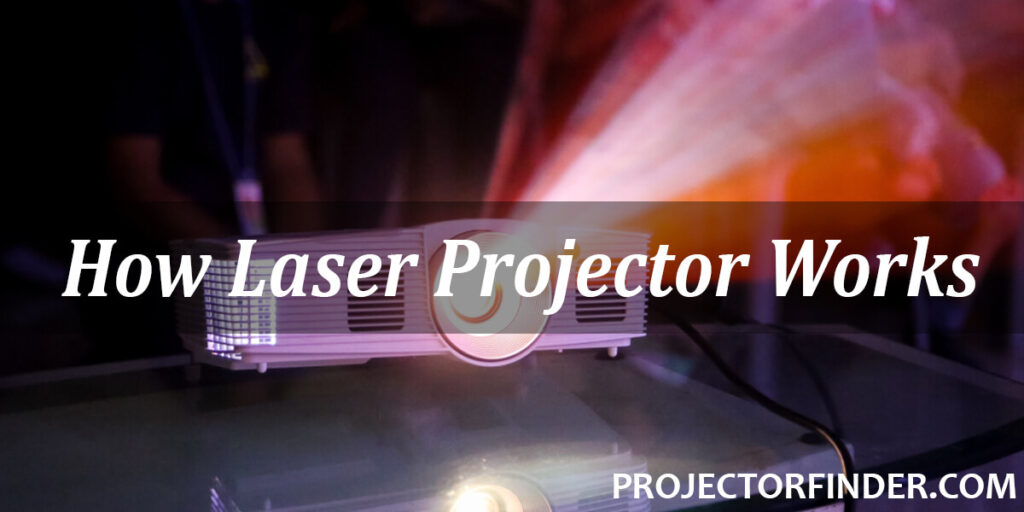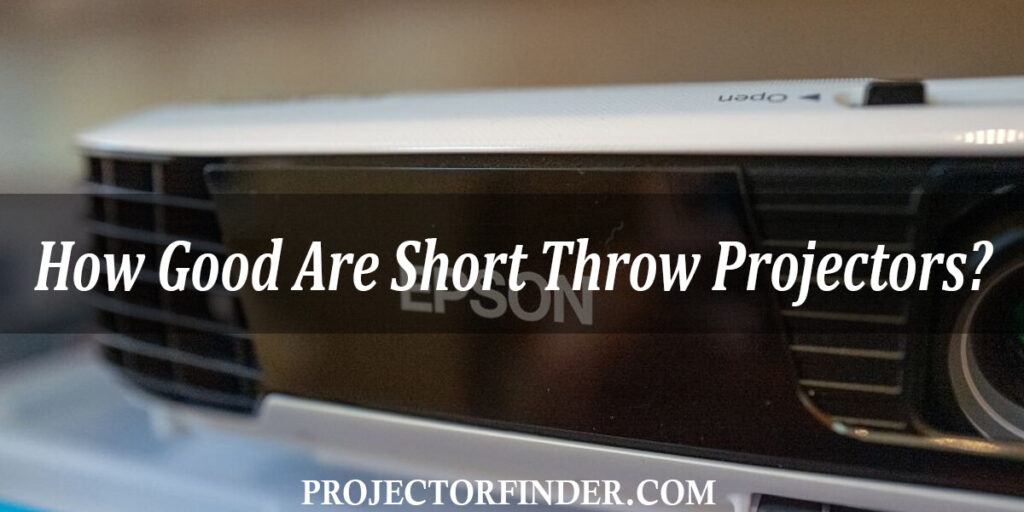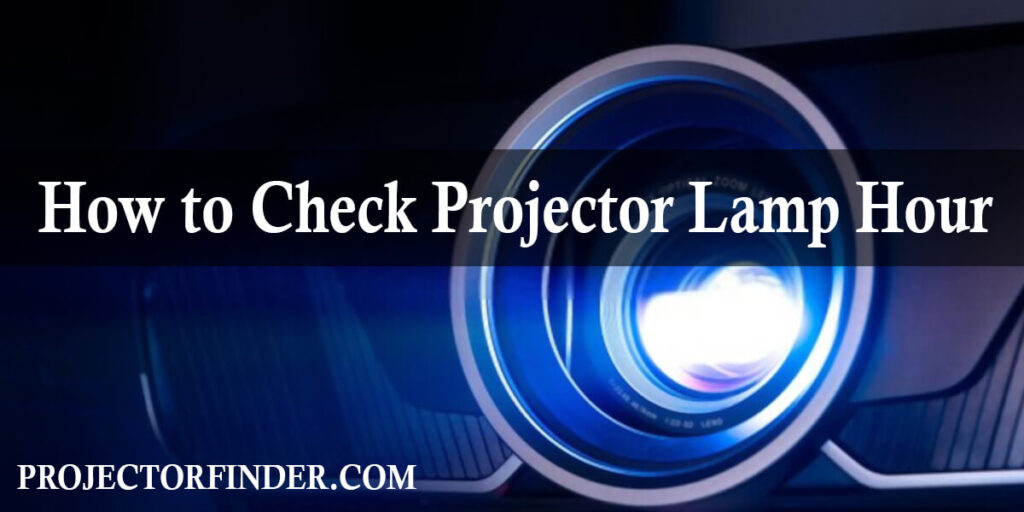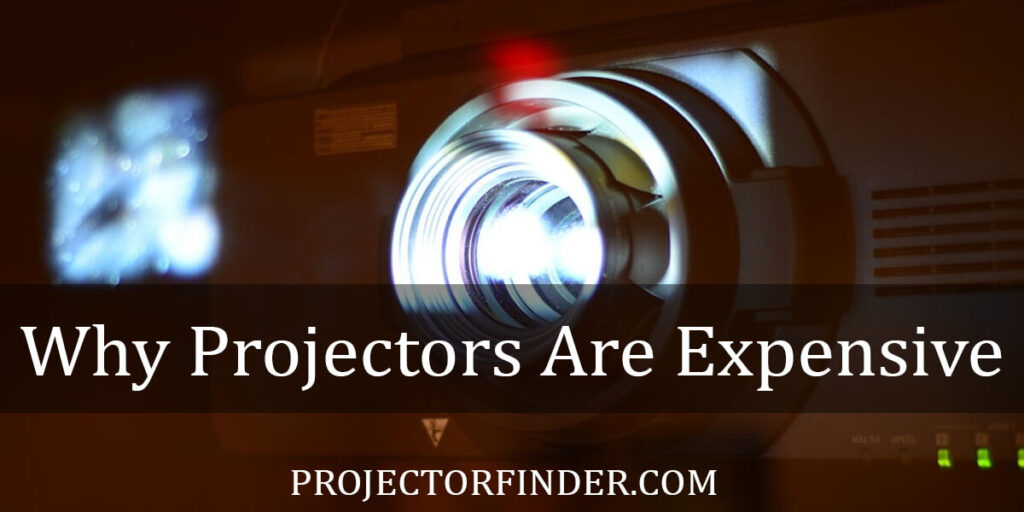We all have come across while using projectors in different parts of life. They are used in office meetings, conferences, and presentations as well as in homes. Laser projectors are one of the latest innovations in the projector world. A laser projector functions differently from the regular projector found in your household, and it is now the latest preference. So the main question arises that how laser projectors work?
This article will answer your question by guiding you through the different ways a laser projector performs and gives a high-quality screen. So relax and read this article thoroughly, know the working and performance of laser projectors in the most straightforward words.
How Do Laser Projectors Work? – A Simple Explanation.
There is a lot of physics behind a laser projector’s working, so we will try to explain it to you in the simplest words. Hence, it can be easy for you to understand, but also you can elaborate on others as well, so let’s see how laser projectors work compared to an ordinary bulb projector.
Essential start of laser projector:
Let us start from the molecular level—the laser projectors’ main start is when the current is supplied to the projector. The current excites the electrons present in the gas or any other element that will be emitting the laser.
The electron jumps from low to high orbital levels due to electrical conduction and stimulation. When electrons get relaxed, they move to their previous places, emitting a set of energy in the form of rays. These are different colored radiations that make an image after going through various processes.
RGB laser projector working:
- There are three sets of lasers emitted from the RGB laser projector, red, green, and blue.
- These lasers pass through three stages of DLC chips so that the laser is modified and filtered.
- After passing through the DLC, the chip the laser enters to a Series of prisms and lenses.
- The image is magnified there.
- This modified the laser in the form of pictures emitted through the lens and displayed on the screen.
This RGB laser technology is costly and used for cinematic purposes primarily. So it is not under the range of every person’s affordability as it is very latest and expensive.
Hybrid laser technology:
RGB laser technology is costly and almost not affordable for normal household users. Many projecting companies have developed another model called hybrid laser technology, which does not use RGB lighting and thus is efficient and affordable.
- There is only one Ray of blue laser on this projector.
- This laser splits into two Rays of blue color.
- One blue laser is left unaltered.
- When hitting the color wheel assembly, the other blue beam changes its color to either yellow or green.
- Both of these parallel rays pass through the prism assembly.
- And they interact with anyone type of chips, including DLC, LCOS, or LCD type.
- The lasers are then focused and magnified.
- They pass through the lens to give the visual display on the screen.
These lasers are more efficient and cheaper for using only one type of light, which is then modified to different sets of colors. This technology is being widely used in all laser projectors so people can enjoy the best display in their field.
Phosphor wheel laser technology:
This technology is also very highly used in projectors. It also produces different color lasers from a Blue Ray but the main difference between hybrid and phosphor laser technologies that a hybrid laser only uses one Blue Ray. In contrast, the laser phosphor technology used the Blue Rays arriving from different sources. Let’s discuss how phosphor technology works in laser projectors.
- Two blue rays arrive through electrical conduction.
- One blue beam is left undisturbed. After passing through the initial chips (either LCD or LCOS) procedure, the second blue ray strikes a phosphor wheel.
- This phosphor wheel turns blue light to green and red separate colors beams.
- These two newly produced beams then meet the blue one paralleled.
- All of these pass through the process of focusing and magnification, as mentioned previously.
- After completing the whole process, the visuals are displayed on the screen.
All of these technologies can be found in different laser projectors. Each one of them functions differently and goes through sets of procedures that are minor differences from one another. But in the end, all of these laser projectors give is a delicate and ultra share display that one dreams of.
But all the result projector gives the same quality and find a display with high energy efficiency And ultra long life span. But with that comes some disadvantages also including heavy price point large size of the projector.
Advantages of a Laser Projector:
Since these laser projectors are the latest development in the projector world, some following advantages will tell they are a good thing to get your hands on.
Energy saver
They are very energy efficient as they only consume the amount of energy required to produce the laser beams.
Instant startup
They are easy and instant to start.
Long life
Their lifespan is exceptionally long. It can go up to twenty thousand hours without and internal damage. So you can use them for a long time (for years) without worrying about worsening them.
Disadvantages:
To everything with advantage also have some disadvantages, which are as follows:
Costly
They are expensive than regular projectors that you have in your houses or offices. And some of them could be out of your range.
Heavy
They are very heavy compared to the regular bulb projectors, making them hard to carry and travel with.
See also: The Best Short Throw Projectors Reviews
Conclusion:
In this article, we learned that how laser projectors work and the physics behind them. Summarizing this whole article, we realized that there are several technologies present in a laser projector. All of them have a different set of procedures but have minor technological differences research these technologies apart.
In the end, it all depends on you if you want to get your hands into this projector or not as it is the latest developed technology we will recommend you do at least have it if you can afford it. Thanks for reading this article. We hope that it was informational for you.





